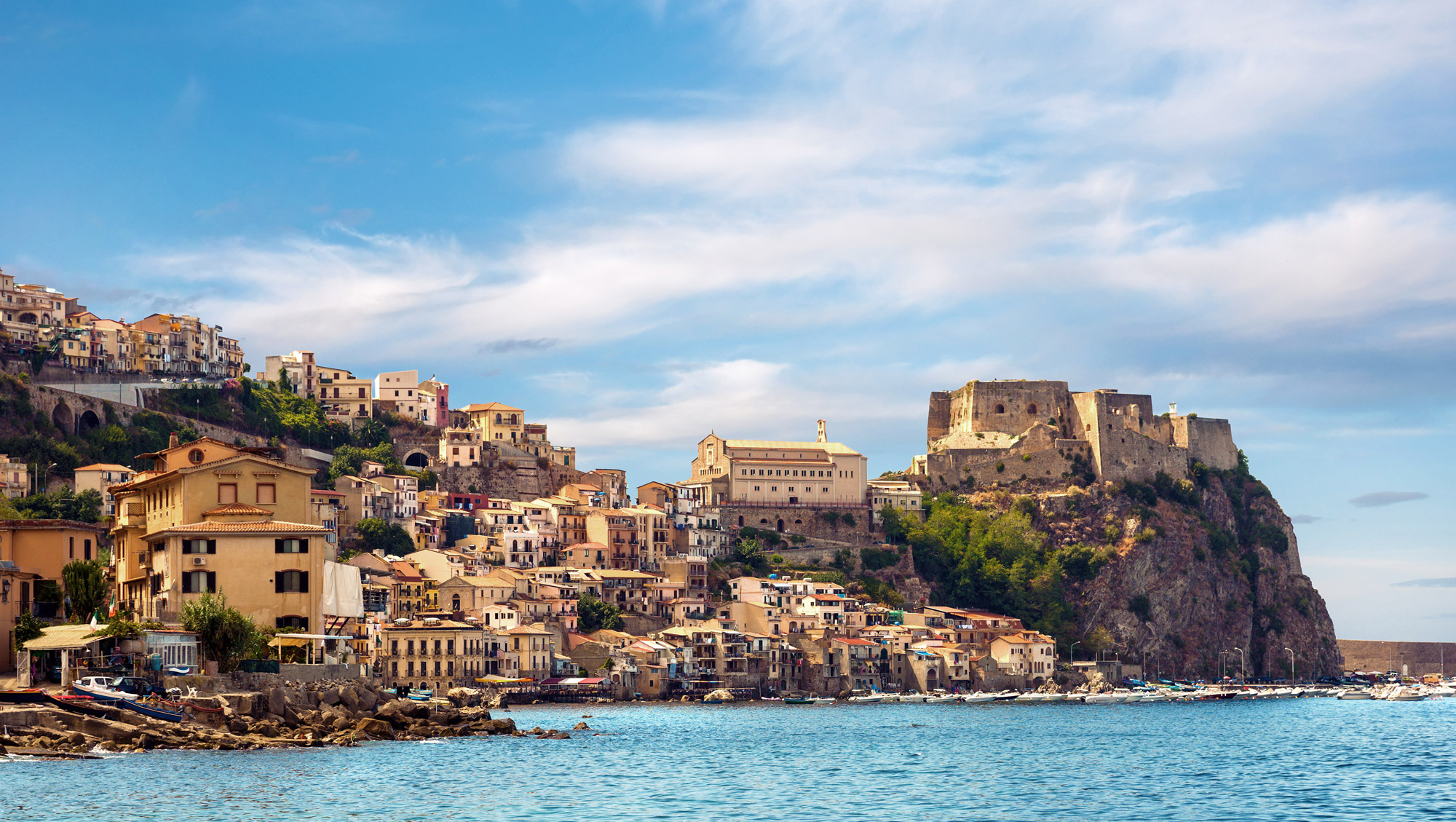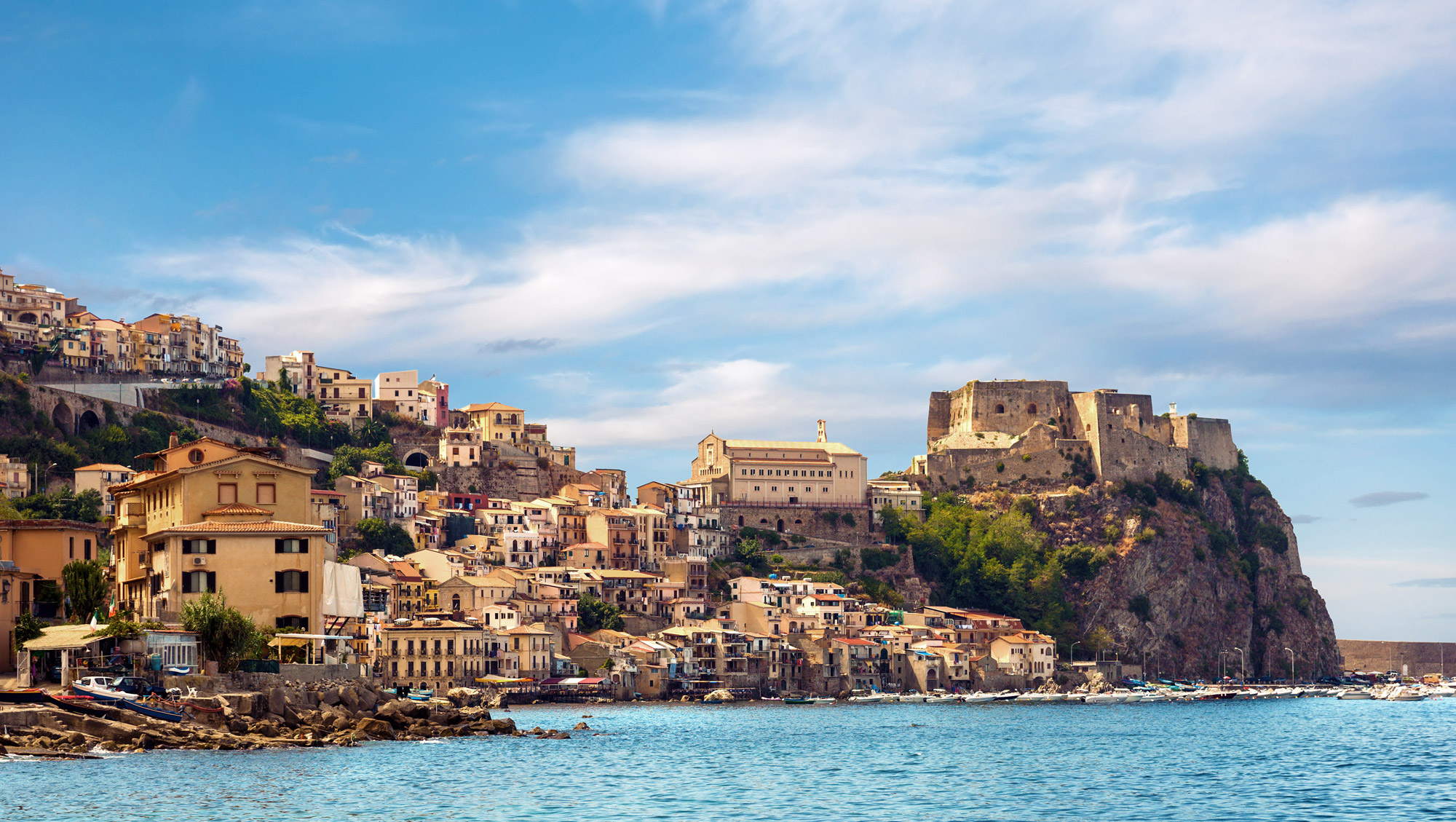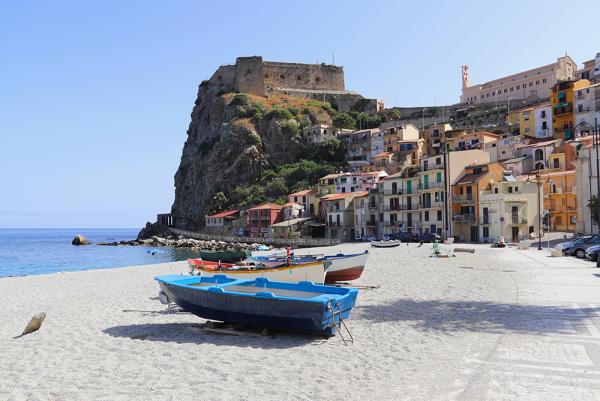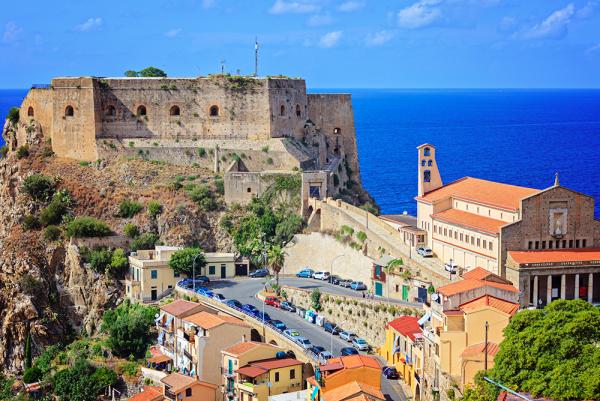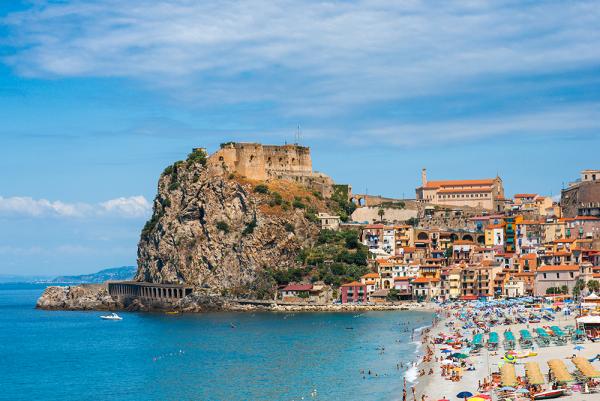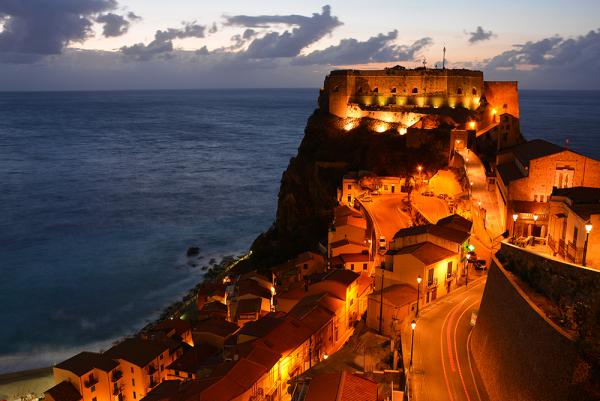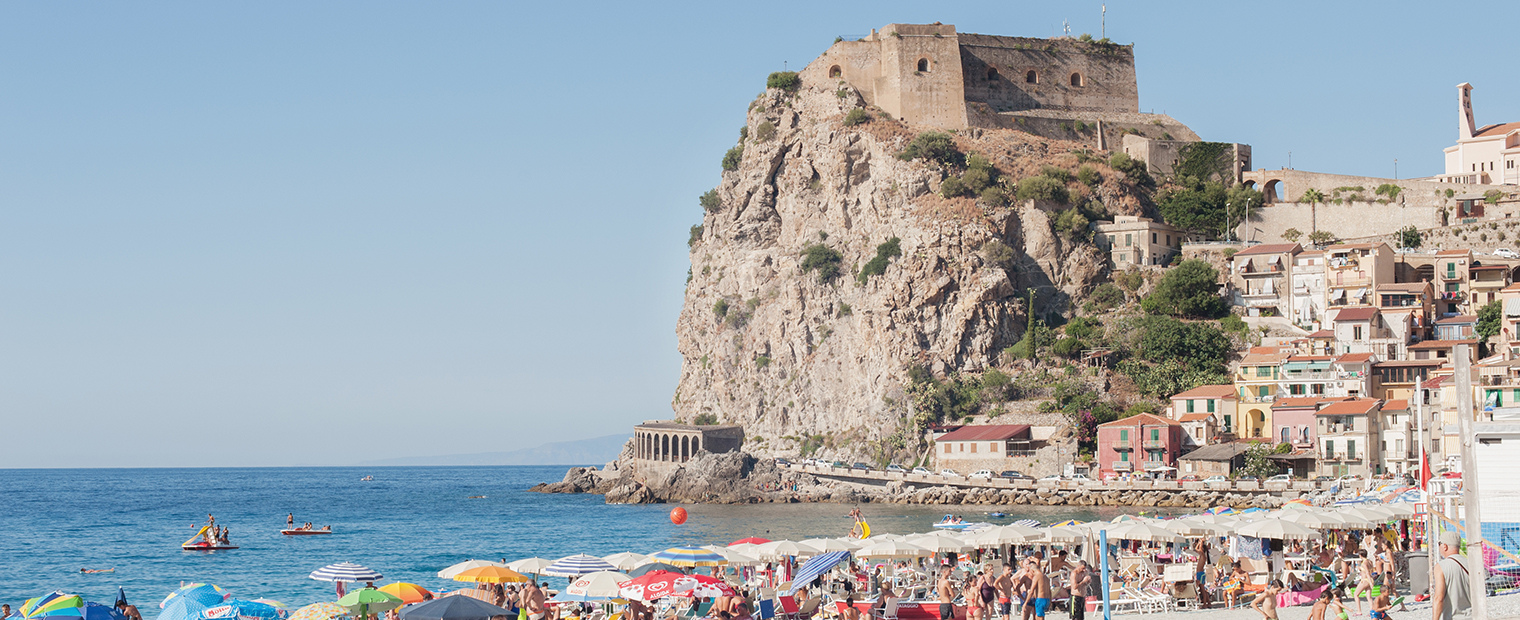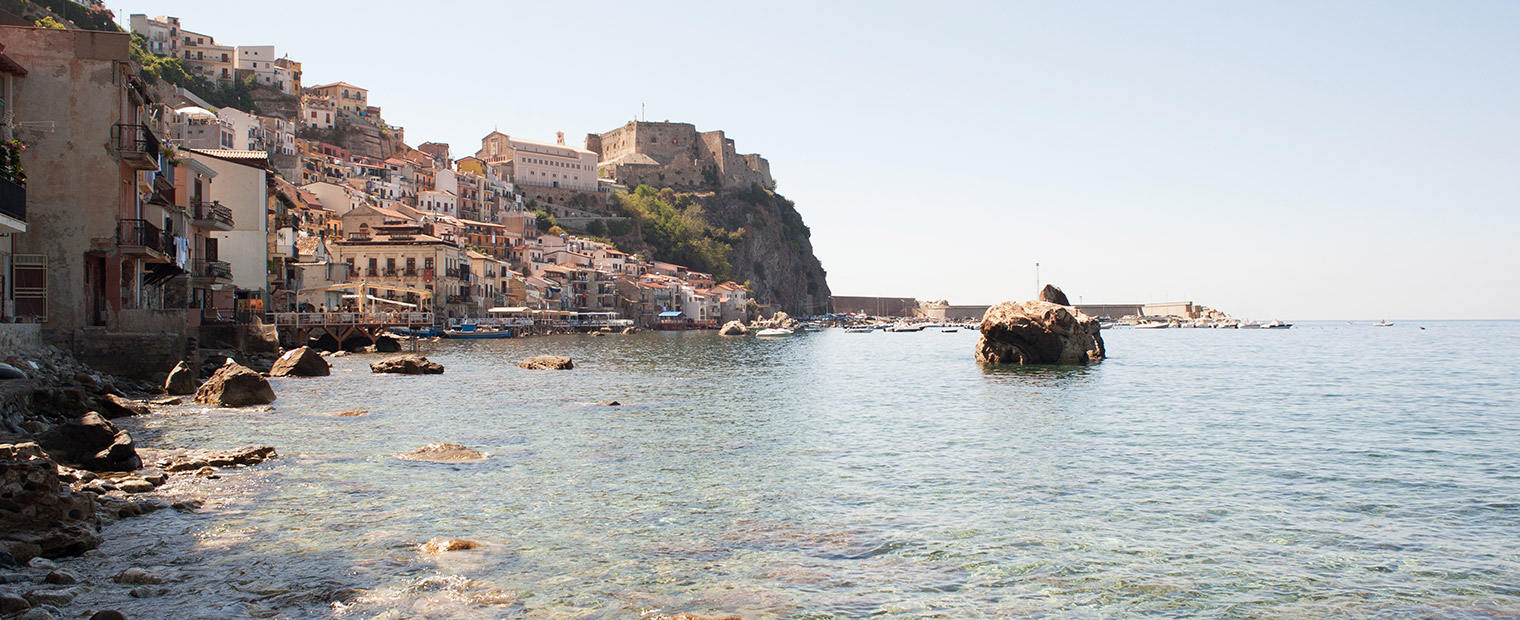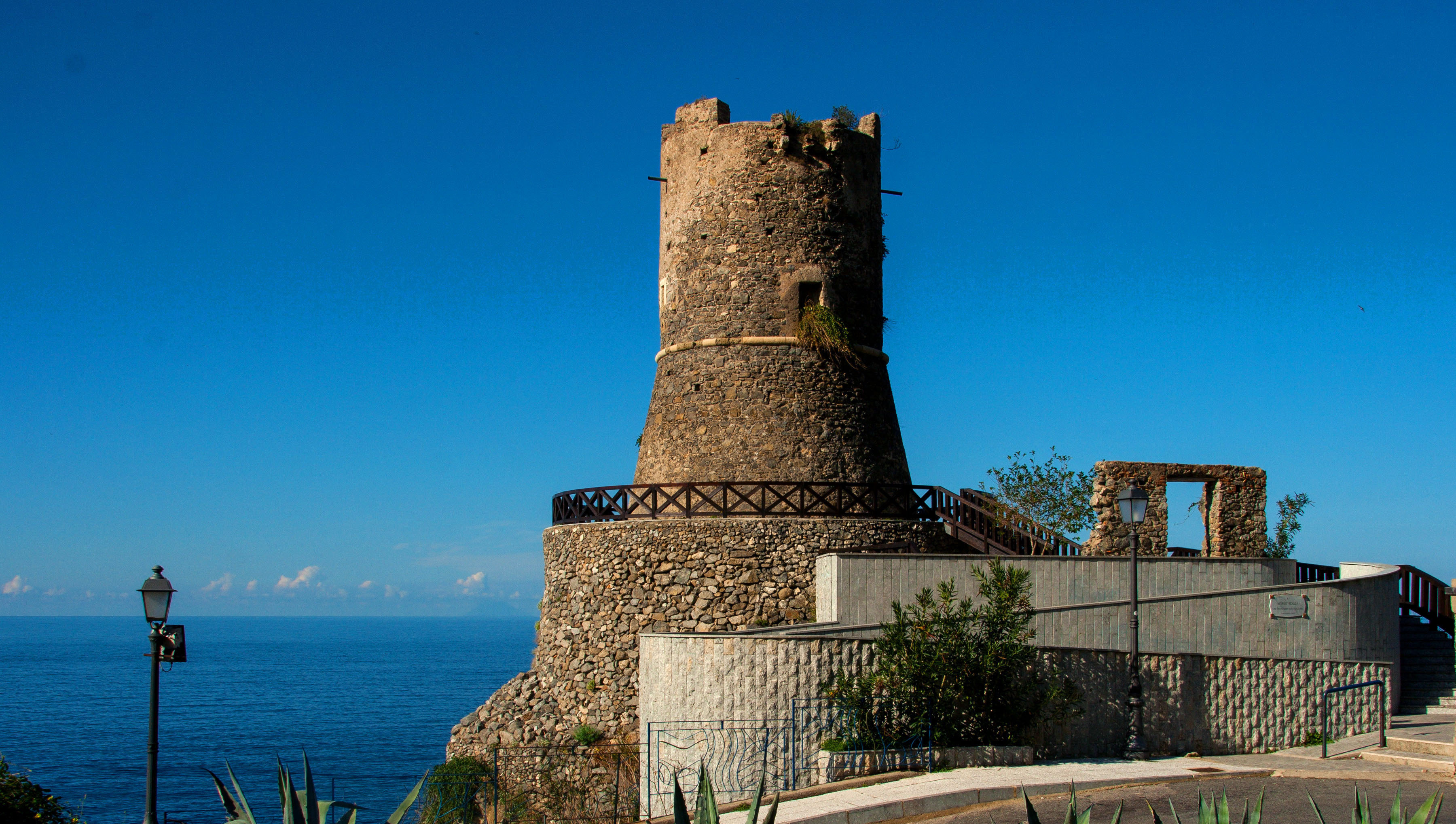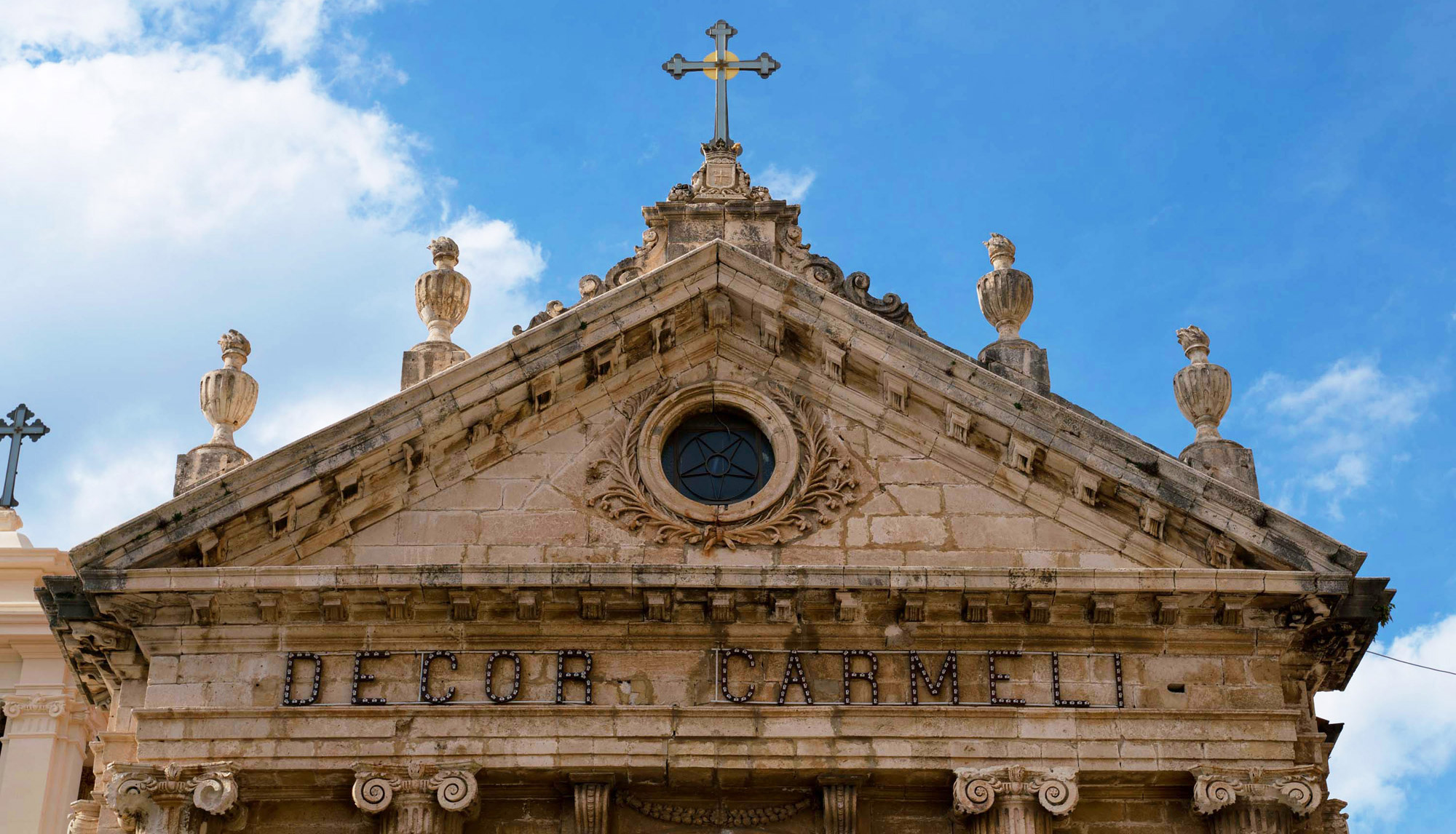Located on the Scilla promontory, towards the Strait of Messina, the castle also known as Castello Ruffo di Calabria, is a legacy of rare beauty. It represents the genius loci of the city of Scilla, about 20 km from Reggio Calabria and its history started in the Etruscan era. Scilla is completely isolated and right next to the sea, the ideal lookout location to protect the Calabrian lands from whoever arrives by sea.

Centuries of history and culture at our service
The history of the Calabrian fortifications inevitably leads us to the Saracen invasion period. However, the Castello Ruffo di Scilla has ancient roots: first the Etruscans, then the defensive walls in the period of Magna Graecia. Even the Romans, who expanded it, found here the perfect place to settle. The modern excavations show us only the walls of the monastery of San Pancrazio, from the 9th century, also a defence against the Saracens. It is no coincidence that in 1060 it became a military fortress and in 1808 state-own property. A place of defence but also of suggestive beauty. A heritage to protect. This is why since the 1970s it has been a meeting place for people and cultures: first as a Youth Hostel and now as a very important cultural centre, a venue for meetings and exhibitions.
DID YOU KNOW THAT ...?
The Ruffo Castle houses one of the navy’s lighthouses of the Navy: the lighthouse of Scilla.
Baronial Residence of the Ruffo Family
Paolo Ruffo purchased the castle in 1533 and, since then, the castle was the residence of his family until the early 18th century. Evidence of this is a large plaque that testifies to its restoration and the coat of arms of the Ruffo family, right on the entrance portal, which is accessed by crossing a bridge. And here we are inside this wonderful place: we recognize the vaulted entrance, the courtyard and the external staircase that leads to the Ruffo residence. The irregular plan and the buildings with completely different styles reflect the different epochs in which it was renovated. Everything, however, is preserved according to the typical configuration of the fortresses. Nevertheless, it is not the only beauty: the structure rises directly on the promontory, overlooking the sea, and divides Scilla into two marinas: Maria Grande and Chianalea.
